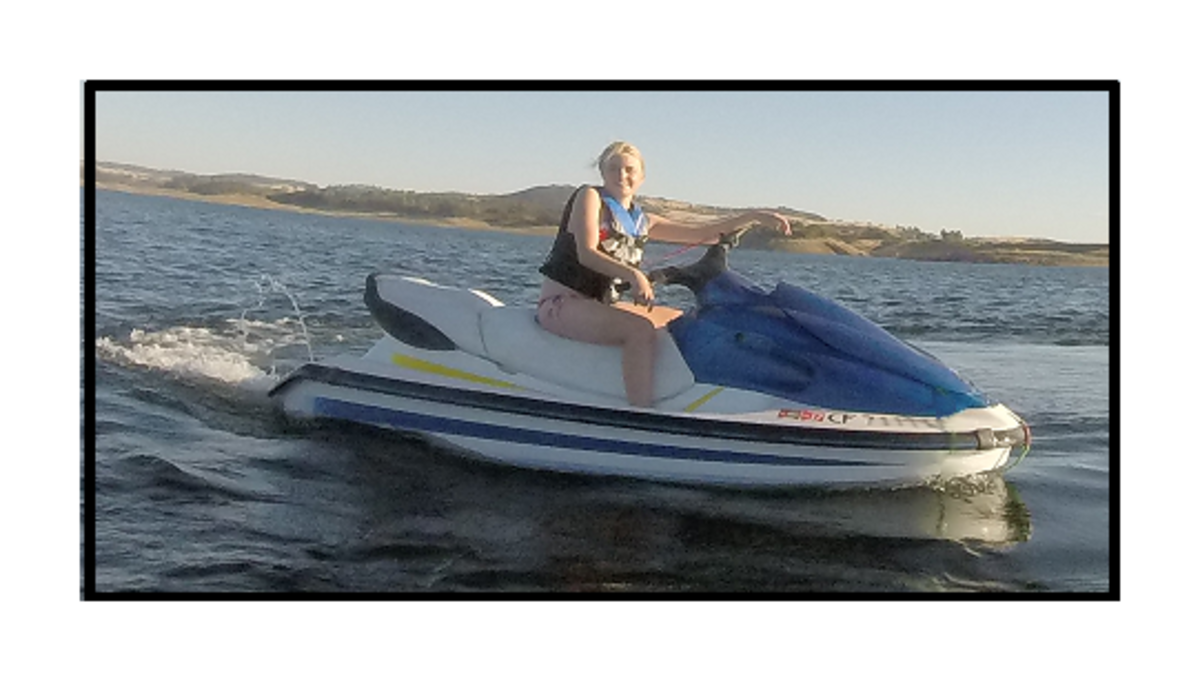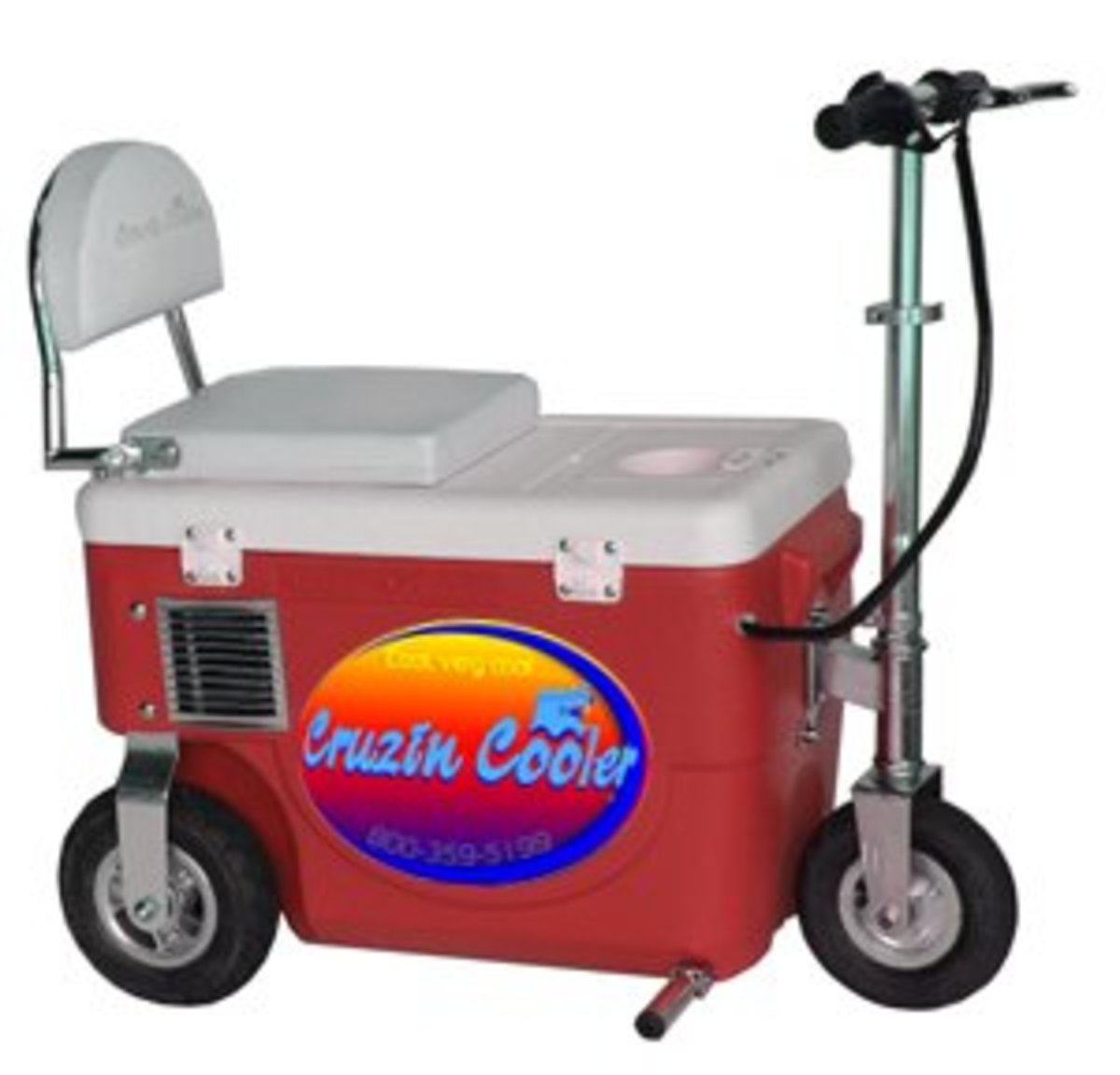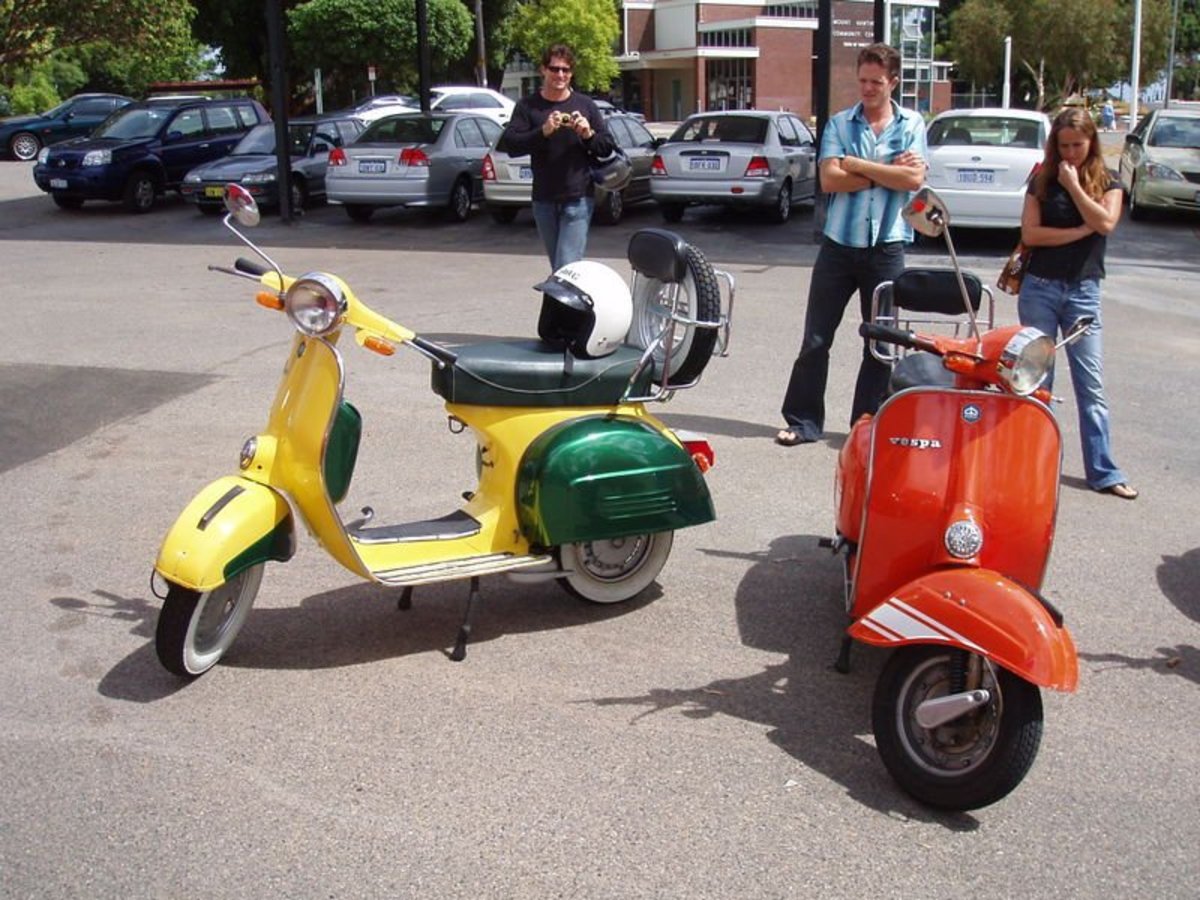Maintaining your motorcycle's electrical system
Electrical problems
Just about every motorcycle mechanic I talk to has one thing he prefers
not to deal with: electrical systems. It's not necessarily because of
the occasional shock or burn from being the ground receiver of an open
circuit. (12 volts is nothing compared to the 240 coming out of a
laundry machine outlet.) The bad part is the intermittent working and
not-working of components. Or worse, an engine not working after
virtually everything and the electrical has been checked.
The
electrical system on a motorcycle is like a body's circulatory system.
Blood pumps through the body from the heart-- like energy from a motor
to the rest of the bike. The heart muscles contract because of signals
from the brain-- like the ignition sending impulses to the motor which
mix with fuel causing explosions in the engine. Like the body, which can
lose power if loses blood, a motorcycle needs its electrical system in
sound shape in order for everything else to operate well.
When
Jason and I bought Molly, a 1981 Honda CX500c, the previous owner said
he had to put her on a trickle charger every time he parked overnight or
longer, or else she wouldn't start. A mechanic told him it was a bad
rectifier. Bad doctor. The rectifier, as we checked, is in perfect
working condition. Something else was wrong.
One thing that was
wrong with Molly was that the circuits were not properly closed. Like a
blood vessel, which is a continuous path through the body from the heart
to body parts and back to the heart with a pit stop at the lungs, an
electrical circuit runs from a power source (the battery) to the
components and back to the power source with a pit stop at ground.
Just as blood needs oxygen from the lungs to continue doing its job,
electricity needs ground to fulfill its purpose. (If you look, you'll
see that one of the terminals of your bike's battery is connected to
ground. It could be the positive terminal or the negative depending on
the model of the bike.) Molly's wires had open contacts; uninsulated
copper "bleeding" power before reaching the bike's components. In
electrical terms, her power was going straight to ground. This was why
the previous owner could not leave the bike parked overnight without
charging the battery. Her power was terminally bleeding. (hehe)
Electrical
system rule #1: All complete circuits must go to ground.
Molly
had incomplete circuits. Before power could reach components, energy was
wasted via uninsulated copper touching other metal parts on the bike,
or moisture in the air. A symptom of this was the dry battery acid
sprayed all over the starter solenoid. (Fortunately, that still works.)
To fix this, I used heat-shrink tubes made out of silicone, a rubbery
polymer made from the natural element, silicon. The wires were cut,
which were then run through pieces of tube long enough to cover the bare
areas, and soldered. Then the tubes were placed over the bare copper
and heated using a heat gun, causing the tubes to shrink around the
copper, insulating it from moisture and power shorts.
Copper
wires in circuits are covered with usually vinyl or silicone.
Personally, I prefer silicone because it has a higher heat resistance
than vinyl, and its base is silicon, not petroleum like vinyl. (Rid the
need for oil! End the war!)
All circuits on a bike are grounded
(attached to the bike frame). Take blinkers for example. Some bikes have
blinkers with one wire coming out of them. That wire is to be connected
to the power source. When it has only one wire, it means the part to
which the blinker is attached acts as ground. Look at a motorcycle frame
carefully, and you'll find that all a motorcycle's components are
connected by metal. Even the battery has a line wired to the frame. The
front forks are sometimes connected to the frame with metal parts which
act as electrical conduits. Other times wires come from the front forks
and connect to the same metal frame as the battery.
The real
difficulty of repairing electrical systems on motorcycles is the sorting
through the complexity of wires. It's kind of like taking all your
blood vessels and figuring out which tube goes to what body part.
Try to solve the problem before spending too much money and spending a mechanic's time
A motorcycle is an isolated electrical system. When it all works
correctly, the battery provides the energy to power an initial spark,
which when mixed with gasoline, gets the motor running, which then
causes the alternator rotor to turn, building up an electrical charge
that is sent to the rest of the bike including the battery which then
recharges. Turn off the ignition switch, the engine shuts down, lights
go off, and the battery stops charging.
If a light doesn't work,
its circuit is broken. Finding where it's broken can be a challenge,
especially if you don't know all the parts within the circuit. This is
where electrical diagrams come in handy. Even if you don't have the
exact diagram for your particular model, it's possible to figure out the
problem. Most motorcycles use different color wires for each circuit.
So, if your headlamp's wire is blue, and you find a blue wire elsewhere
on the bike, there a high probability that that blue wire is connected
to the headlamp.
To find out where a light's circuit is broken,
answer these questions:
- Is the ignition switch on? If no, turn it on. If yes, go to 2.
- Do other lights work? If no, charge your battery. If yes, go to 3.
- Does the bulb have a broken filament, or is it burned out? If yes, replace it. If no, go to 4.
- According to the wiring diagram, is the light directly connected to a fuse? If yes, go to 5, if no, go to 6.
- Is the fuse broken? If yes, replace it. If no, go to 6.
- Is the bulb connected to a power source and is it grounded?
If you notice, there's no step after 6. That's
because even if you think the answer is "yes," it might not be. This
leads to rule #2.
Electrical rule #2: Connections must be clean.
If
you have an old bike, the connections probably need cleaning. All it
takes is some fine sandpaper-- 220 grit is dandy-- and a little
scouring. It doesn't have to be shiny. Just get as much dirt or
corrosion off as you can.
In a perfect electrical world, wires
would be uninterrupted, joined by a clean and solid soldering job. But
since motorcycle parts are often replaced, wires must be able to
disconnect in order to remove bike components. Some manufacturers use
standard connectors that can be bought at electrical supply stores. But
other companies make their own connectors. Whatever way wires are
connected to each other and to components, the connections must be
clean-- metal-to-metal. On my old Honda, if I have to replace
connectors, I use standard blade connectors with silicon covers.
In
the case of blinkers, as mentioned eight paragraphs in, ground might be
the fixture itself. In that case, either a new fixture is needed or an
extra wire connected to the bike frame. Just did that (added a wire) to
Molly the other day to get her to pass inspection.
One day,
maybe, I'll go into how parallel and series circuits work and how to
make sure one circuit is insulated from the others. For now, I hope
these two electrical rules help you in your quest to get your bike
working: all circuits must be grounded, and all connections must be
clean. If you're bike
is broke, you can't ride it. So, learning to fix it is learning
to ride.








